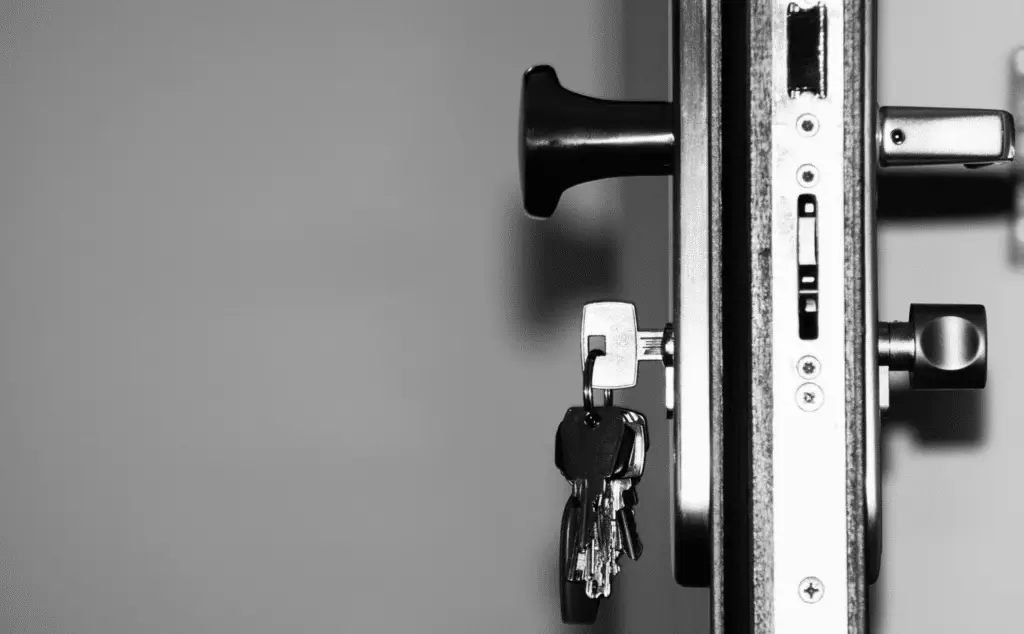In business, you can accomplish plenty of things with creativity, guesswork, and imagination. Cybersecurity is not one of those things. Instead, a strong security posture requires technical acumen and support from experts in the field. That’s why we’ve created a seven-part domain security checklist with our Chief Technology Officer, Anouar Adlani.
Today, we’ll address registrar access control, a key area of Corporate Domain Management. Anouar’s checklist details each step of the way, before moving on to the next crucial topic. These guides will deliver plenty of value for your business, so let’s get right into it.
Domain Cybersecurity Strategy 1: Registrar access control
We’re starting this domain security series with registrars for a simple reason: if someone gains access to your domain, your entire online business could fall apart. It’s like a burglar getting the keys to your house, and gaining full control of your front door, your car, and your valuables. When trusting third-party registrars with these keys, it’s easy to forget what’s at stake.

Domain registrars stand at the vulnerable intersection between websites and registries, so businesses must secure their operations at all costs. Choosing a strong registrar, and proofing your protocols against cyberattacks keeps your website, and its keys, safe and sound.
Individual Access
The concept of individual access in domain security means minimizing risk and establishing accountability with unique domain registrar passwords. Creating dedicated access to the registrar’s platform for each employee upgrades cybersecurity to a “need to know” basis. Good practice dictates that you never share access to the registrar’s platform account with a third party, internal or external to the company.
Along with updating your password policy, this keeps the doors to your domains secure.
Password Policy
In the cybersecurity world, the saying goes that passwords are like underwear. Don’t share them with anyone, change them regularly, and ensure you don’t show them to anyone you shouldn’t. Enabling strong password enforcement policy means enforcing a high standard of password strength and a regular expiration strategy. Strong password policies reduce the risk of exposure to brute-force and dictionary attacks against your account credentials.
Ultimately, if one person in your team sets theirs as “password123”, it places your whole team, your business, your clients, and your revenue under threat.
Multi-Factor Authentication
Multi-factor authentication (MFA) adds another dimension to password security, disarming cybercriminals and protecting your business from brute-force attacks.
MFA verifies users on your sensitive platforms by asking them something they know (the password) and something they have (typically a secondary token sent to an email address or cell phone). Adding multiple steps to this process, like requiring biometric fingerprint checks, also strengthens your defences. When cybercriminals guess or steal your passwords, MFA stops them in their tracks. Laws like GDPR and NIS 2 also strongly suggest MFA strategies, so the practice supports smooth compliance.
While authentication can seem slow or frustrating, its far less annoying and costly than a data breach or a compliance fine.
IP Restriction
These registrar access control policies work to make sure the right people get access to your domains, not cybercriminals. If your business uses an identifiable network, from an office WIFI or corporate VPN, then limit the IP addresses on your registrar account. This means that you limit the origins of the traffic on your registrar account, and ensure that malicious third parties, be they rogue ex-employees or scam farms in Southeast Asia, can’t tamper with your domain registry.
IP restriction secures another link in your cybersecurity chain. This tactic, also known as geofencing, keeps your domain in the hands of your corporate colleagues, and not a hacking gang on the other side of the world.
Conclusions: Boosting your cybersecurity with domain management solutions
Thanks for joining EBRAND, and our CTO, on part one of the definitive domain cybersecurity checklist. Now we’ve secured your registrar access, it’s time for Part 2: Domain Operations Management. Our operations management topic tackles strategic points like duties and logging, before delving into the technical areas of DNS Zones and records. Stay tuned!
If you’re keen to discuss what we’ve covered so far, or get a sneak peek of a domain security checklist tailored to your needs, get in touch with EBRAND experts directly, or check out our Corporate Domain Management solution now.
